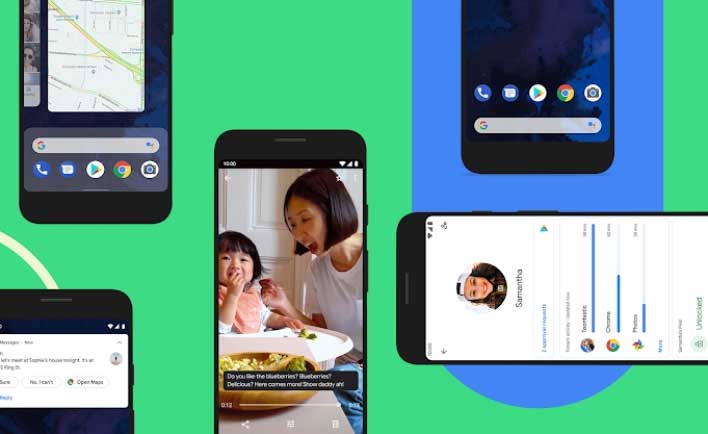Google Now Requires OEMs To Hide Their Custom Android 10 Gesture Controls

One of the sections of that document outlines gesture systems specifically. Any device using GMS that launches on Android 10 will need to ship out of the box with either the classic three-button Android layout or Android 10 gestures. If the device ships with gestures by default, the three-button setup has to be an optional setting.
While the updated GMS allows them to be installed on the device, OEMs are forced to hide their gesture control system and they can't be advertised in the "setup wizard or any other method." That means no pop-ups or notifications, and the OEM gesture control systems can't be the default. OEMs have to put their own gesture control systems in the settings menu under "Advanced or similar."
The updated GMS essentially kills the two-button "pill" navigation that surfaced with Android Pie. Android 10 devices can't offer it as a user-selectable option under the new GMS rules. Devices that are being upgraded to Android 10 can keep that option in place, and Google goes so far as to encourage that the option stays in place. Android 10 officially launched for Pixel smartphones in early September.

